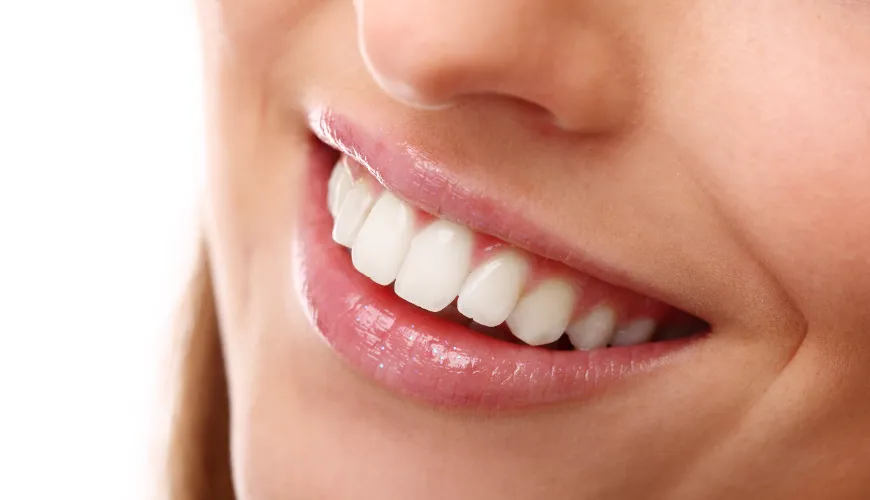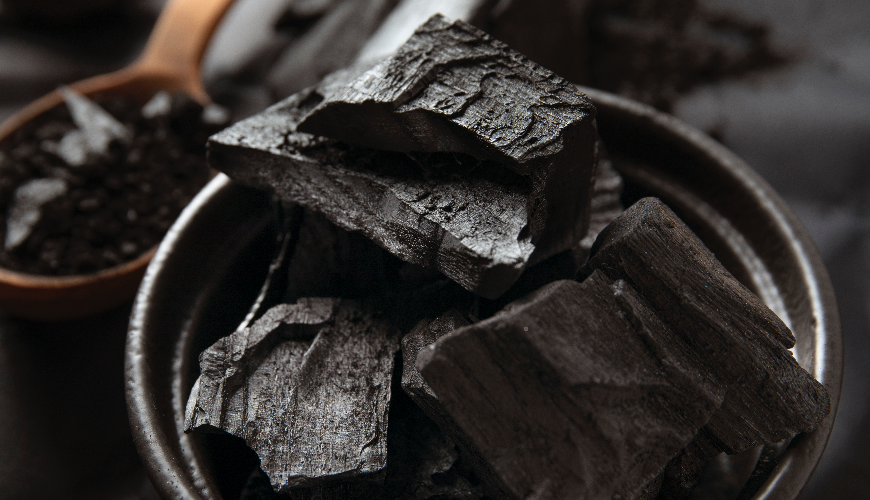
What is shungite and why bad experiences are quite common

What is shungite?
Shungite, an ancient mineral known for its supposedly healing properties, is quite popular in the world of wellness and alternative medicine. Although it is attributed with many health benefits, some users also report neutral and even negative experiences. In this article, we take a closer look at what shungite actually is.
It is a naturally occurring mineral with a high carbon content that is most commonly mined in the northwestern part of Russia, in the Karelia region. It is therefore a naturally occurring carbonaceous mineral. Shungite is known for its supposed filtering abilities, as it can purify water of impurities, bacteria and heavy metals, making it popular for domestic use.
In addition to its practical filtration uses, shungite is also used in wellness and alternative medicine for its purported protective effects against electromagnetic radiation and to promote overall health.
Commonly reported benefits of shungite
The commonly claimed benefits of shungite include a truly wide range of potential and proclaimed improvements:
- Water Purification and Purification - Due to its structural properties, shungite can supposedly remove bacteria, heavy metals, pesticides and other toxins from water.
- Protection against electromagnetic radiation - Shungite is often touted as a natural protection against EMF radiation from cell phones, computers, and other electronic devices.
- Antioxidant effects - Shungite is claimed to have the ability to neutralize free radicals, which may help reduce oxidative stress and improve overall health.
- Anti-inflammatory properties - Some studies suggest that shungite may reduce inflammation.
- Mental Health Support - Users of shungite often report improved mood and reduced anxiety and stress.
- Improving the immune system - Due to its purported detoxifying and protective effects, shungite is sometimes touted as boosting the immune system.
- Ache and Pain Relief - Using shungite as a balm or as stones applied to the skin can reportedly provide pain relief, especially for muscle and joint problems.
It is important to note that although these benefits are commonly claimed by users and especially by some vendors, the scientific evidence supporting many of these claims is very limited or equivocal. Therefore, it is advisable to approach the use of shungite with a degree of skepticism and, as with other products, to trust verified sources and quality studies.
Bad experiences and problems
Despite the many positive reviews, there are many voices that speak of neutral but also negative experiences with shungite. Some users report that they have felt no improvement from shungite, while others have even seen their health problems worsen. One potential risk is contamination of shungite with heavy metals, where its use may in turn pose a health risk.
A scientific perspective or does shungite work?
Supposed health benefits such as protection against electromagnetic radiation or antioxidant effects are not well supported by robust scientific evidence. Research focuses primarily on its chemical composition and potential applications in industrial and environmental technologies, but crucially, many of the touted health benefits remain unconfirmed. This highlights the need for further investigation and the need for a sceptical approach when evaluating claims of its effects, which are often ahead of scientific knowledge.
Are there alternatives?
Binchotan, a Japanese white charcoal, is often considered as an attractive alternative in water filtration. This type of charcoal is known for its ability to absorb impurities, effectively purifying water. In addition, binchotan can remove chlorine from water and release natural minerals, improving its taste and health benefits. In addition to its use in water filtration, binchotan is also valued for its dehumidifying and deodorizing abilities, making it useful in other household applications.
Compared to shungite, which is touted for its purported bioenergetic effects, binchotan offers more practically oriented benefits and is based on traditional Japanese technology that has a long history and scientific backing in the field of filtration and environmental purification.

